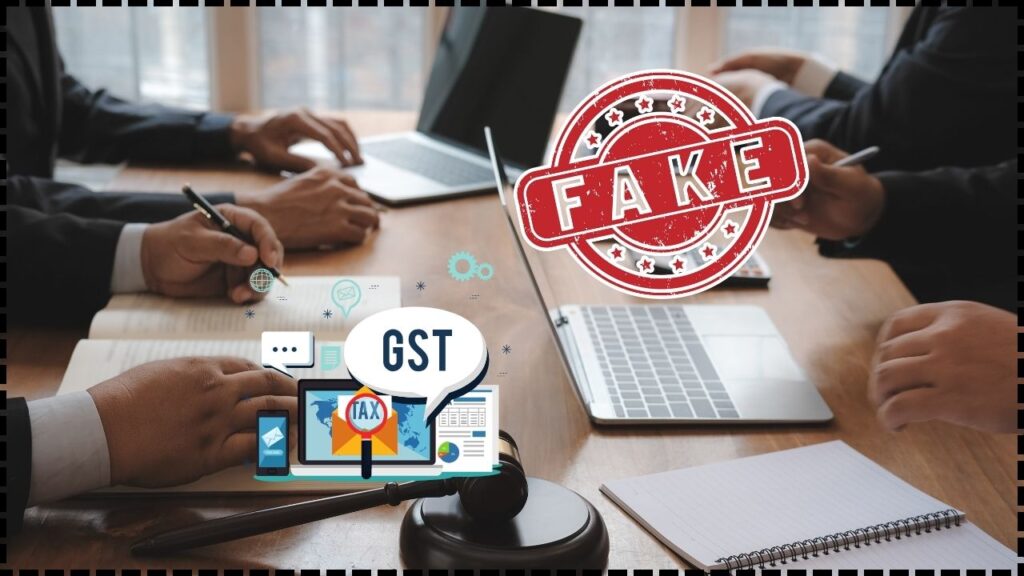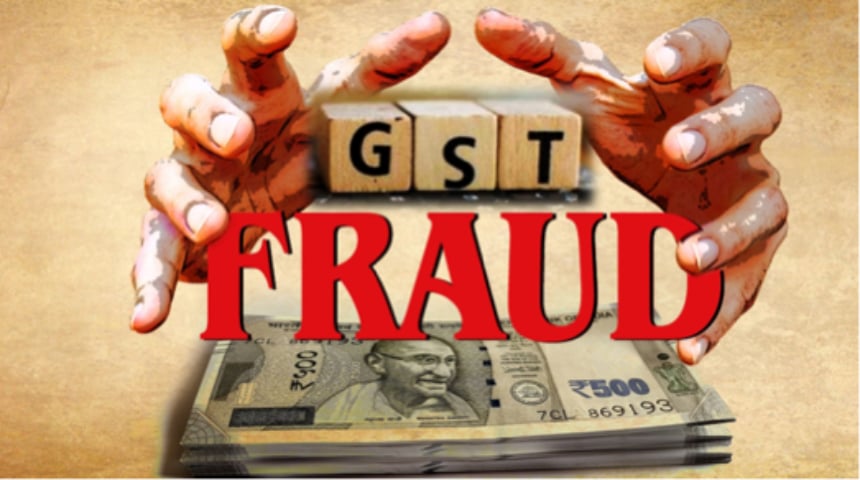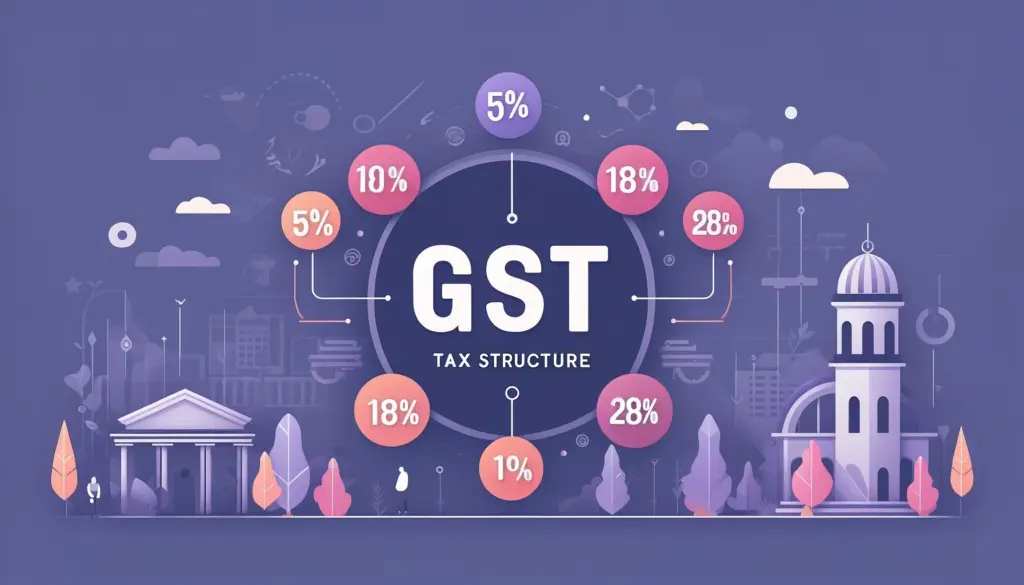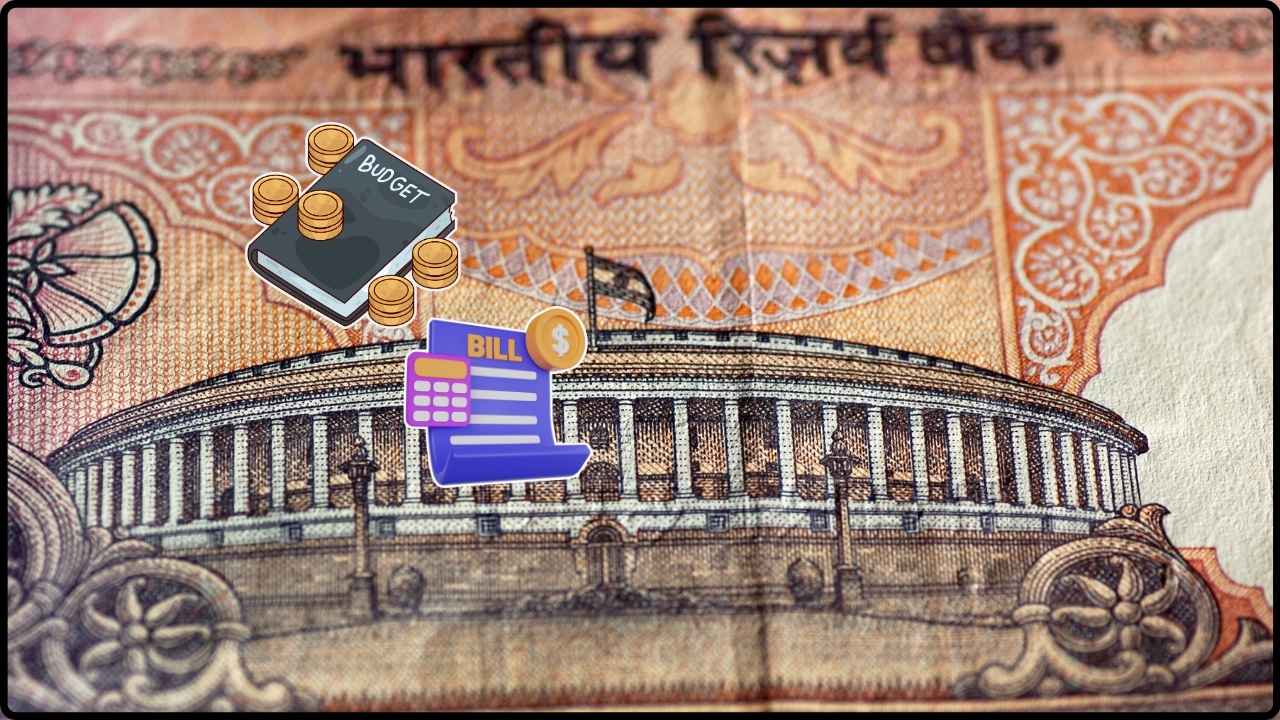GST Cracks Down on Fake Firms: In a sweeping move against tax evasion, the Goods and Services Tax (GST) authorities have turned up the heat on fake companies. Recently, 11 bogus firms were served official notices for allegedly creating fake invoices, laundering Input Tax Credit (ITC), and manipulating GST filings without actual business operations. This crackdown is part of a wider nationwide probe into GST fraud, signaling the government’s zero-tolerance policy on tax misuse. If you’ve been hearing whispers about GST fraud or shell companies issuing phony invoices, this is the real deal — and it’s happening across the country. This article dives deep into what this crackdown means, how these fake companies operate, and what honest business owners should do to stay on the right side of the law.
GST Cracks Down on Fake Firms
The GST crackdown on fake firms isn’t a one-off event — it’s part of an aggressive, tech-driven enforcement strategy. Whether you’re a large exporter or a small local trader, it’s your responsibility to ensure compliance. The era of “paper-only vendors” is over. Vet your suppliers, reconcile returns monthly, and consult professionals if anything looks fishy. The cost of ignorance isn’t just financial — it’s legal, reputational, and operational. Stay aware, stay updated, and above all, stay compliant.

| Key Topic | Details |
|---|---|
| What Happened? | 11 fake firms served notices for fraudulent GST activity. |
| Who’s Involved? | Shell companies suspected of generating fake invoices and laundering ITC. |
| Action Taken | Notices under Section 74 of CGST Act; some accounts provisionally attached. |
| Estimated Fraud | Over ₹30 crore (approximately $3.6 million). |
| Agencies Involved | DGGI, CGST Commissionerates, State Tax Departments. |
| Official Resource | cbic-gst.gov.in |
What Are “Fake Firms” Under GST?
A fake firm, also known as a shell company, is an entity registered under GST that doesn’t carry out any real commercial activity. These businesses often:
- Fabricate invoices
- Claim ITC without actual movement of goods or services
- Help other businesses claim illegal refunds
Such schemes distort fair competition, rob government coffers, and lead to cascading audits for innocent businesses caught in the fraud network.
How GST Fraud Works: GST Cracks Down on Fake Firms
Imagine “ABC Exports” buys packaging material worth ₹10 crore from “XYZ Supplies.” The invoice looks fine, the GSTIN checks out, and everything seems legal. But in reality:
- XYZ never shipped anything
- No truck ever left the warehouse
- No payment ever changed hands (or it was reversed later)
Yet ABC uses that fake invoice to claim ₹1.8 crore in ITC and possibly get refunds from the government. Multiply this behavior across 1,000 firms and you’ll see how the fraud scales rapidly.

What Makes These 11 Firms Suspicious?
Investigators identified these firms due to:
- Common Aadhaar or PAN used for multiple registrations
- Suspicious transaction volume inconsistent with profile
- No evidence of goods movement
- Identical IP addresses for multiple logins
- Payments structured through circular bank transactions
Preliminary estimates suggest ₹30 crore worth of fraud through these firms alone. Authorities believe this is just the tip of the iceberg.
Historical Context: GST Fraud Isn’t New
Fake invoicing has been on the government’s radar since the early days of GST implementation in 2017. Major busts include:
- A 2019 case in Gujarat involving over 200 shell companies issuing invoices without goods
- The 2022 Maharashtra fraud, where over ₹1,100 crore in bogus ITC was passed using fake steel invoices
- In 2023, the DGGI busted a ring of insurance intermediaries claiming ₹2,250 crore ITC with falsified records
Each year, more AI-powered audits uncover new fraud networks.
How the Government Is Detecting Fake Firms
The Central Board of Indirect Taxes and Customs (CBIC) and DGGI now use advanced analytics, including:
- E-invoicing system validation
- AI-powered GSTN profiling
- E-way bill data vs. RFID toll gate tracking
- PAN–Aadhaar linkage analysis
- Invoice matching across GSTR-1 and GSTR-3B
This tech-backed approach allows the authorities to spot anomalies faster than ever before.

Industries Most at Risk for Involvement
Certain sectors are hotspots for shell company fraud:
Construction & Infrastructure
- Frequent use of subcontractors
- Invoices with vague service descriptions
Scrap and Steel Trading
- Price fluctuations
- High volume, low margin sales
IT Services and Freelancing Platforms
- Difficult to verify actual service delivery
- Cross-border payment ambiguity
E-commerce Logistics and Packaging
- Fake purchases of packaging materials
- Duplicate inventory records
If you’re operating in these industries, extra caution is recommended.
What Happens After a GST Notice Is Issued?
Show Cause Notice (SCN)
The first step in legal proceedings. Issued under Section 73 or 74 depending on intent (fraud vs. negligence).
Response Deadline
Typically 15 to 30 days. Must be responded to on the GST portal with supporting documentation.
Final Order
If the reply is unsatisfactory, authorities issue a demand order for:
- Tax + interest
- 100% penalty (under fraud)
- Bank account attachment (Section 83)
Arrests and Prosecution
If fraud > ₹2 crore, the CGST Act permits custodial interrogation and arrest.
What Businesses Can Do to Stay Safe?
1. Use the GST Portal to Verify Every Vendor
Search GSTIN here: https://gst.gov.in/search-gstin
2. Regularly Match GSTR-2B with Purchase Books
Avoid claiming ITC from vendors who haven’t filed their returns.
3. Maintain Proper Documentation
- Delivery challans
- Transport receipts
- Bank payment proofs
4. Set up Monthly Internal GST Audits
Involve an external auditor once every quarter for unbiased verification.
5. Consult a CA Before Claiming Large ITC Refunds
Especially if your refund is based on zero-rated or export invoices.

Expert Tips from Top Chartered Accountants
According to CA Ramesh Mehta, based in Pune:
“One missed compliance or one shady supplier can cost your company lakhs in penalties. We advise monthly reconciliation and background checks before onboarding any vendor.”
CA Tanya Sharma of New Delhi adds:
“In many cases, the company doesn’t realize their supplier is fake until a notice comes. Prevention is the only cure here.”
How Big Is the Impact Financially?
As per the CBIC Q1 FY25 update:
- Over ₹15,851 crore in ITC was blocked due to fraud
- 3,558 fake firms were traced using digital analytics
- Some firms had no physical presence and were registered with forged documents
The fraud cost not only revenue but also ties up genuine refunds, delays audits, and causes disruptions in legitimate supply chains.
How Local Trade Helped July GST Collections Reach an Impressive Rs 1.96 Lakh Crore—The Inside Story
MOF Pankaj Chaudhary Reveals 12% GST on Renewable Energy Devices—Is This a Step Forward or Backward?
Andhra Pradesh Shatters Records with Highest-Ever GST Growth in July—What’s Driving This Surge?










